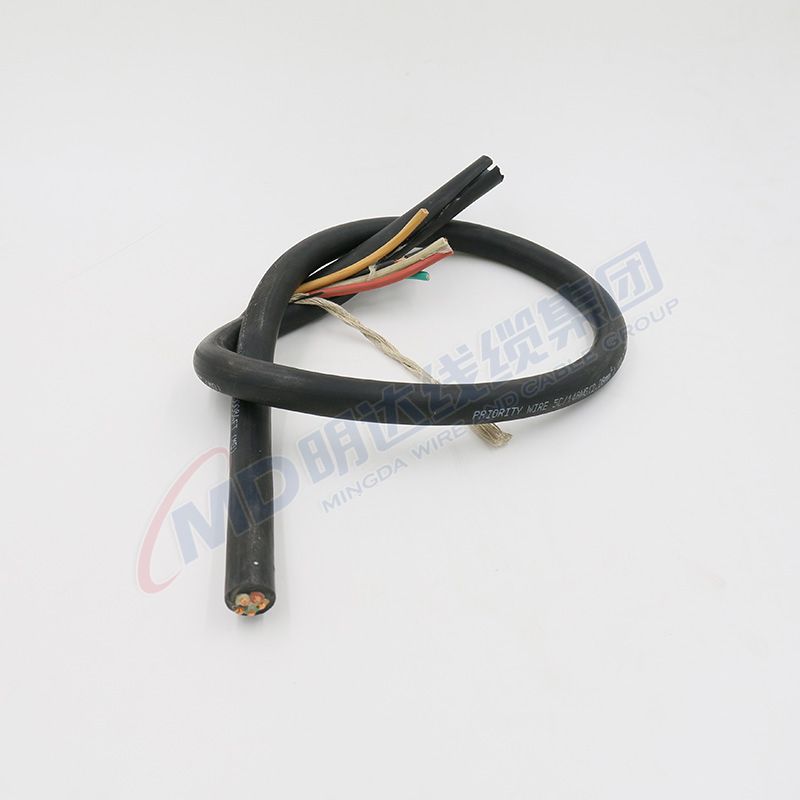Dec . 06, 2024 08:01 Back to list
Wafer Type Butterfly Check Valve Overview and Applications in Fluid Control Systems
Exploring the Wafer Type Butterfly Check Valve A Comprehensive Overview
The wafer type butterfly check valve is a crucial component in various fluid control applications, known for its efficiency, versatility, and compact design. As industries continue to evolve, the demand for reliable and effective flow control solutions becomes increasingly evident. This article delves into the characteristics, advantages, applications, and maintenance aspects of wafer type butterfly check valves, providing a holistic understanding of this vital technology.
What is a Wafer Type Butterfly Check Valve?
A wafer type butterfly check valve is a one-way valve that helps regulate the flow of fluids within a pipeline. Its design features a circular disc, or 'butterfly,' positioned within the valve body. This disc rotates around a central axis, allowing or restricting flow based on pressure differentials across the valve. When the upstream pressure exceeds downstream pressure, the valve opens, allowing fluid to pass. When the flow reverses, the disc closes, preventing backflow.
Key Characteristics
1. Compact Design One of the defining characteristics of wafer type butterfly check valves is their compact and lightweight design, making them suitable for installations in spaces where conventional valves may not fit.
2. Versatile Material Options These valves can be constructed from various materials, including cast iron, stainless steel, and PVC, allowing for use in diverse applications across various industries.
3. Low-Pressure Drop The streamlined design results in a low-pressure drop, ensuring efficient fluid flow while minimizing energy costs.
4. Ease of Installation The wafer design allows for simple installation between two flanges, making these valves easy to integrate into existing systems without extensive modifications.
Advantages
Several benefits make the wafer type butterfly check valve a preferred choice among engineers and operators
- Cost-Effective These valves are often more affordable than their conventional counterparts due to their simpler design and lower material requirements.
- Reliability With minimal moving parts, wafer type butterfly check valves are less prone to failure, ensuring long-term reliability and reduced maintenance costs.
wafer type butterfly check valve

- Wide Operational Range Their multipurpose functionality allows them to handle various fluids, including water, oil, and gases, making them versatile for multiple industries such as water treatment, chemical processing, and oil and gas.
Applications
Wafer type butterfly check valves find applications across numerous sectors
1. Water and Wastewater Management They are commonly used in water distribution systems and wastewater treatment plants to prevent backflow and maintain system efficiency.
2. Chemical Processing In industries where corrosive materials are transported, these valves can be constructed from resistant materials, thus ensuring safe transport and flow control.
3. HVAC Systems Used in heating, ventilation, and air conditioning systems, these valves help manage airflow and prevent backdrafts.
Maintenance Considerations
While wafer type butterfly check valves are designed for durability and reliability, regular maintenance is key to their optimal performance
- Periodic Inspection Check for signs of wear or corrosion, particularly in high-demand applications. Regular inspections can help identify potential issues before they escalate.
- Cleaning Ensure that the valve internals are free from debris or buildup that may hinder performance. Depending on the application, cleaning protocols will vary.
- Lubrication If applicable, the moving parts of the valve should be periodically lubricated to ensure smooth operation.
Conclusion
The wafer type butterfly check valve stands out in the realm of fluid control technologies, offering a blend of efficiency, reliability, and ease of use. As industries continue to prioritize safety, efficiency, and cost-effectiveness, the role of these valves becomes even more central. Understanding their operation, advantages, and maintenance needs can empower operators to make informed decisions, enhancing the performance and durability of their fluid control systems.
Share
-
priming-a-pump-with-a-foot-valve-with-strainerNewsAug.23,2025
-
the-importance-of-a-y-strainer-in-pump-protectionNewsAug.23,2025
-
stainless-steel-ball-check-valve-for-high-purity-applicationsNewsAug.23,2025
-
common-applications-for-wafer-type-butterfly-valvesNewsAug.23,2025
-
seat-options-for-a-12-inch-knife-gate-valveNewsAug.23,2025
-
the-lifespan-of-a-typical-dismantling-jointNewsAug.23,2025


